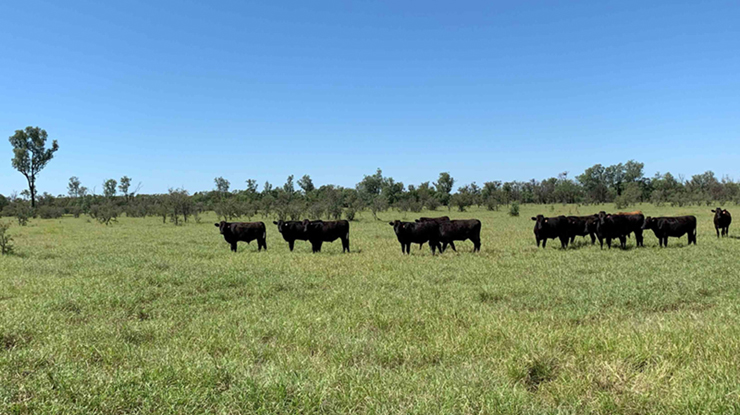CommBank customer scam losses halved in FY24 following the introduction of measures including market leading anti-scam technologies, spearheading cross industry collaborations, ongoing proactive policy measures and strengthening customer awareness.
James Roberts, CommBank General Manager of Group Fraud, said: “Over the last financial year CommBank has continued to add market leading anti-scam technologies to protect Australians, while collaborating across industry – including with other banks and telcos Telstra, Optus and Vodafone.
“CommBank’s anti-scam initiatives are having a meaningful impact. CommBank customer scam losses halved compared to the previous financial year, with CommBank technology preventing scam payments worth more than an estimated $40 million. NameCheck also stopped over $370 million in mistaken payments in the year to June 2024.1
“Whilst this is encouraging, we acknowledge that Australians continue to lose money to scams and banks will continue to do more, and importantly telecommunications and social media platforms need to step up, to further suppress consumer losses,” Mr Roberts said.
CommBank’s NameCheck technology was made available to more institutions in FY24, including Bendigo Bank, Liink by J.P.Morgan and fraud monitoring company Satori, and is now used around 4 million times per month.2
CommBank was the first bank to integrate into Australia’s new , making it faster to report and remove scams across big tech, telcos and banks – with the Bank recently submitting more than 1,500 entries containing scam phone numbers and URLs for blocking and takedown.3
Mr Roberts called on all banks, telcos, and social media companies to urgently join the loop, to do their part to help protect Australians.
“Information shared through the intel loop can be used to protect customers. It is critical we have as many participants sharing actionable intelligence, as soon as possible. Only by working together we can stop criminals here and overseas in their tracks,” Mr Roberts said.
In 2023, the highest reported scam losses were where contact occurred via a phone call, via social media or via an email.4
“Most scams originate outside of the regulated banking system – phone calls with scammers, fake investment ads on social, and SMSs and emails with dodgy links are all ways scammers make contact. This requires a whole-of-ecosystem response from big tech, telcos and banks, focused on the source of scams,” Mr Roberts said.
CommBank also offers leading technology such as to help protect customers against bank impersonation scams so customers can verify it is CommBank calling, and so CommBank can verify customers in-branch – with these technologies being used 3.8 million and 3.7 million times respectively throughout FY24.5
“Helping customers stay safe by improving early detection and prevention is among CommBank’s highest priorities.
“Our focus remains on further reducing customer scam losses and volumes, while collaborating cross-industry so, together, we can make Australia less attractive for scammers,” Mr Roberts added.








